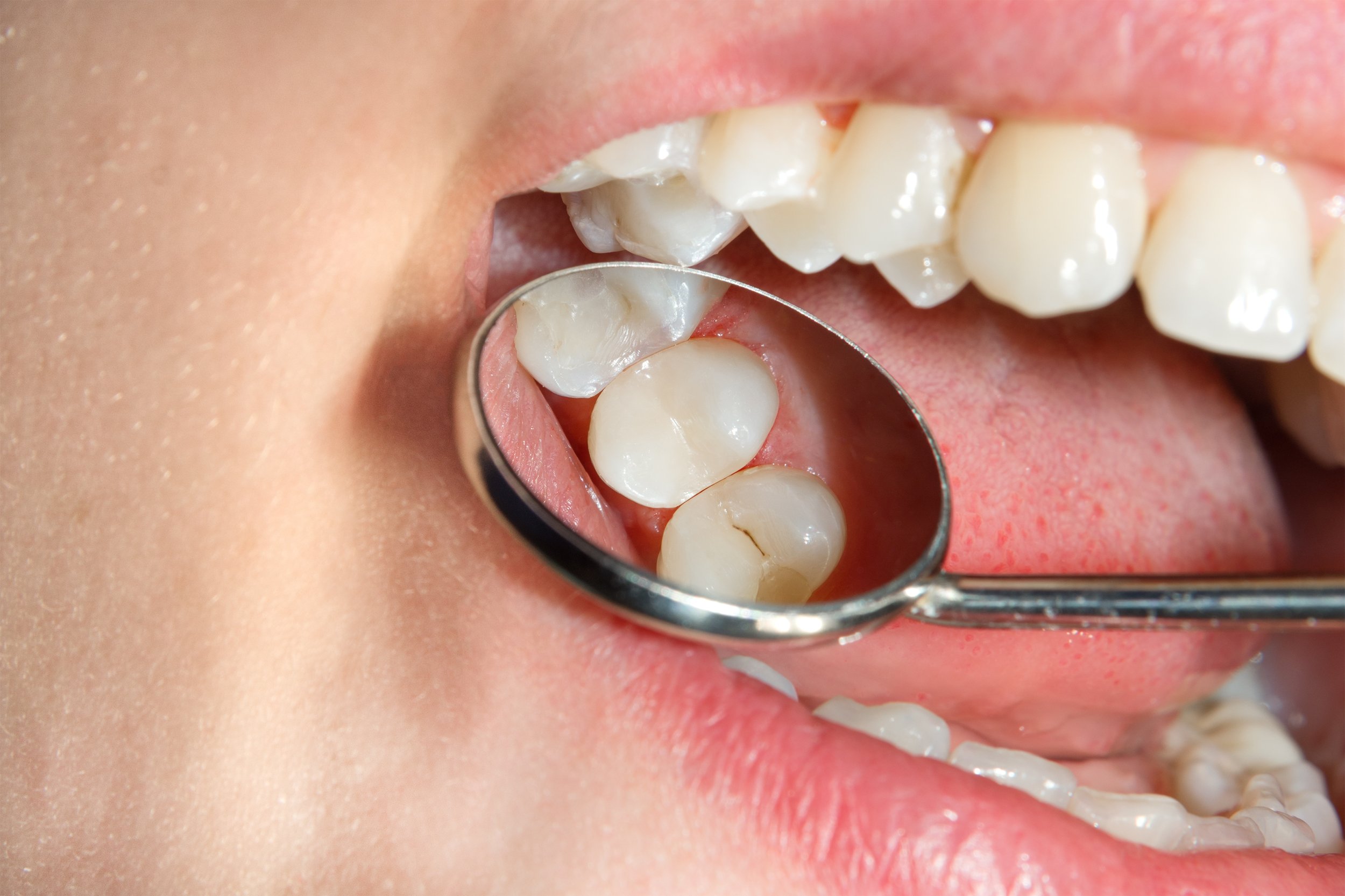Are dental sealants right for my child?
Dental sealants are often recommended by family or pediatric dentists when a young child develops their molars. The purpose of dental sealants is to help prevent tooth decay and cavities. But with all the oral hygiene and preventive care recommendations, parents may wonder why dental sealants are helpful or necessary.
It’s true: nothing beats healthy habits when it comes to maintaining your child’s oral hygiene. Regular tooth brushing, a healthy diet, flossing, and mouthwash are all important in preventing cavities and helping your child develop lifelong oral health. As dental professionals, we also understand that keeping an eye on your child’s oral health can still be a challenge, especially with young children, even when following best practices. Additionally, factors other than oral hygiene also contribute to the formation of cavities. Keep reading to learn more about dental sealants and why family and pediatric dentists often recommend this treatment.
The crevices and deep grooves in teeth, particularly in primary and permanent molars, can be challenging to clean properly with at-home oral hygiene and can create an environment suitable for bacteria to cause tooth decay. Dental sealants are an effective way to reduce the risk of cavities in children.
About Dental Sealants
Dental sealants are thin coatings applied to tooth enamel in order to smooth the surface of the tooth. Dental sealants can be made of dental resins, plastic, or ceramic and help to coat grooves and crevices on a tooth’s surface that can be prone to cavities. Sealants are a safe and effective treatment for cavity prevention.
Benefits of Dental Sealants
Teeth have natural bumps and grooves of different depths and shapes, especially molars. Most of the time, a toothbrush can effectively reach into all the crevices or grooves in a tooth. However, some teeth have deeper grooves that are difficult for toothbrushes to clean effectively, putting those teeth at higher risk for cavities. This is especially true for young children who may not brush properly.
In addition, teeth are susceptible to a 20-minute acid attack every time sugary foods are eaten, causing an erosive action that can break down healthy enamel. By reducing hidden crevices and by covering and protecting your teeth from acids produced by food particles and bacteria, dental sealants effectively reduce the risk of tooth decay.
The CDC reports that having dental sealants can decrease tooth decay risk by approximately 80% for 2 years after application and 50% over the next 4 years. source
What age do children need sealants?
Dental sealants are most often recommended for school-aged children after their first set of molars come in. The first permanent molars, often referred to as “6-year molars”, come in between the ages of 5 and 7. The second permanent molars, “12-year molars”, come in when a child is between 11 and 14 years old.
After your child’s molars erupt, the dentist may begin to discuss dental sealants as a treatment option for the prevention of future cavities. The dentists at WoodSprings Dentistry, Drs. Samantha and James Tejada, strongly recommend that you make an appointment with the dentist at this time. If your child does not regularly visit the dentist, book an appointment at WoodSprings Dentistry for a pediatric dental examination and routine hygiene appointment.
Should infants or toddlers have dental sealants?
Maybe. Sealants can be recommended to prevent early tooth loss, for babies with a higher risk of tooth decay. In some cases, primary teeth can erupt with deeper grooves or crevices that present a higher risk for tooth decay. The dentist may then recommend sealants for younger children in order to protect and preserve the primary teeth.
How do you know if dental sealants are right for your child?
Consult your family dentist for an individual assessment of your child’s teeth. The dentist will determine the need and suitability of sealants. If any issues restrict your child from getting sealants, the dentist may discuss alternative preventative treatment options to help keep your child’s teeth healthy and cavity-free.
Pediatric dentistry is an essential part of your child’s overall healthcare routine, and dental sealants may be the next best step to protecting your child’s smile. If you are looking for a dentist in The Woodlands or Spring, TX, who provides exceptional dentistry for kids and partners with parents in their child’s oral and dental health, call WoodSprings Dentistry today. When you choose WoodSprings Dentistry, parents can trust our team of dental professionals to provide honest, compassionate care for even the littlest members of your family. As not only experienced dentists but also parents of young children, Drs. Samantha and James Tejada understand the importance of keeping your child healthy and happy!

